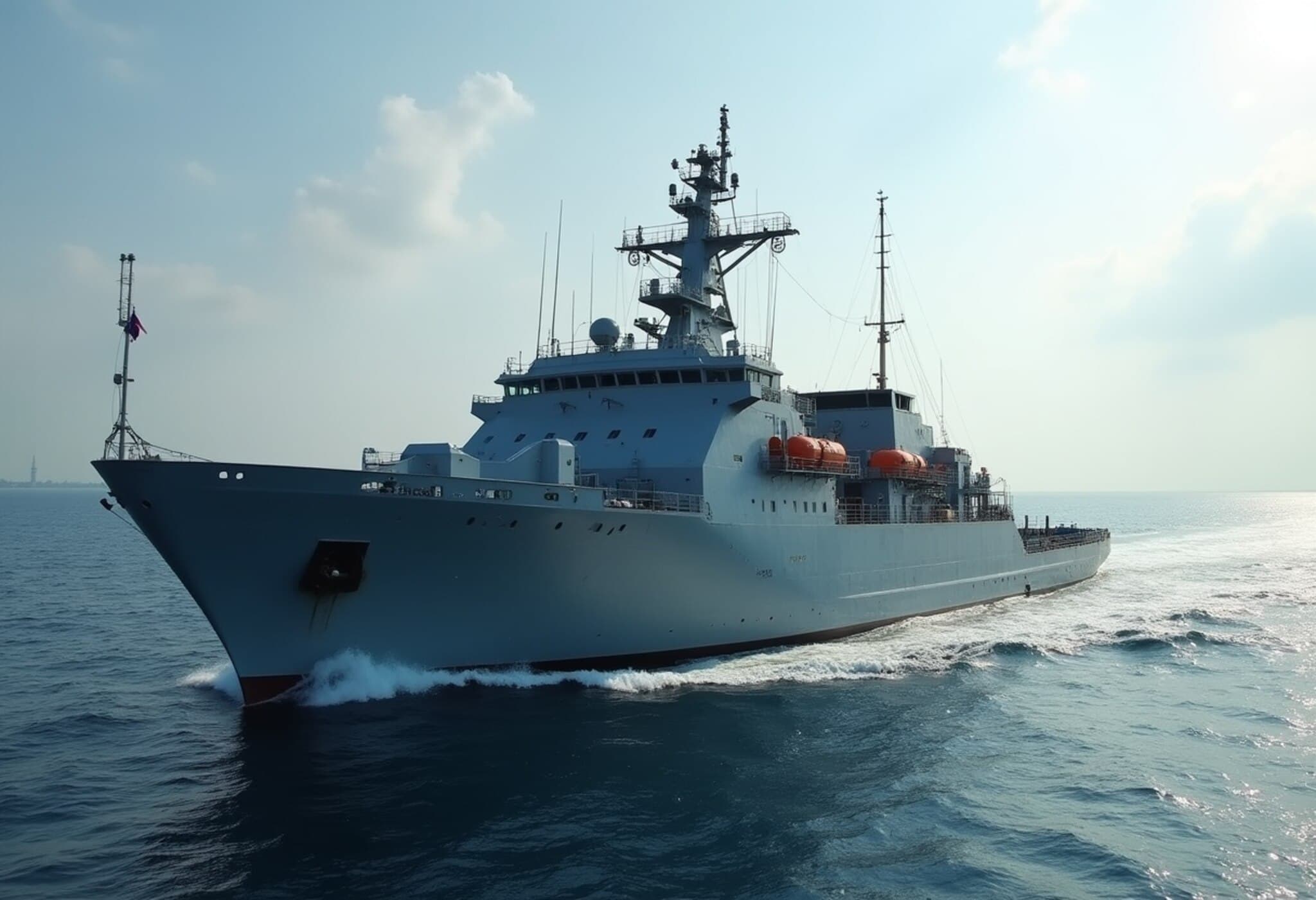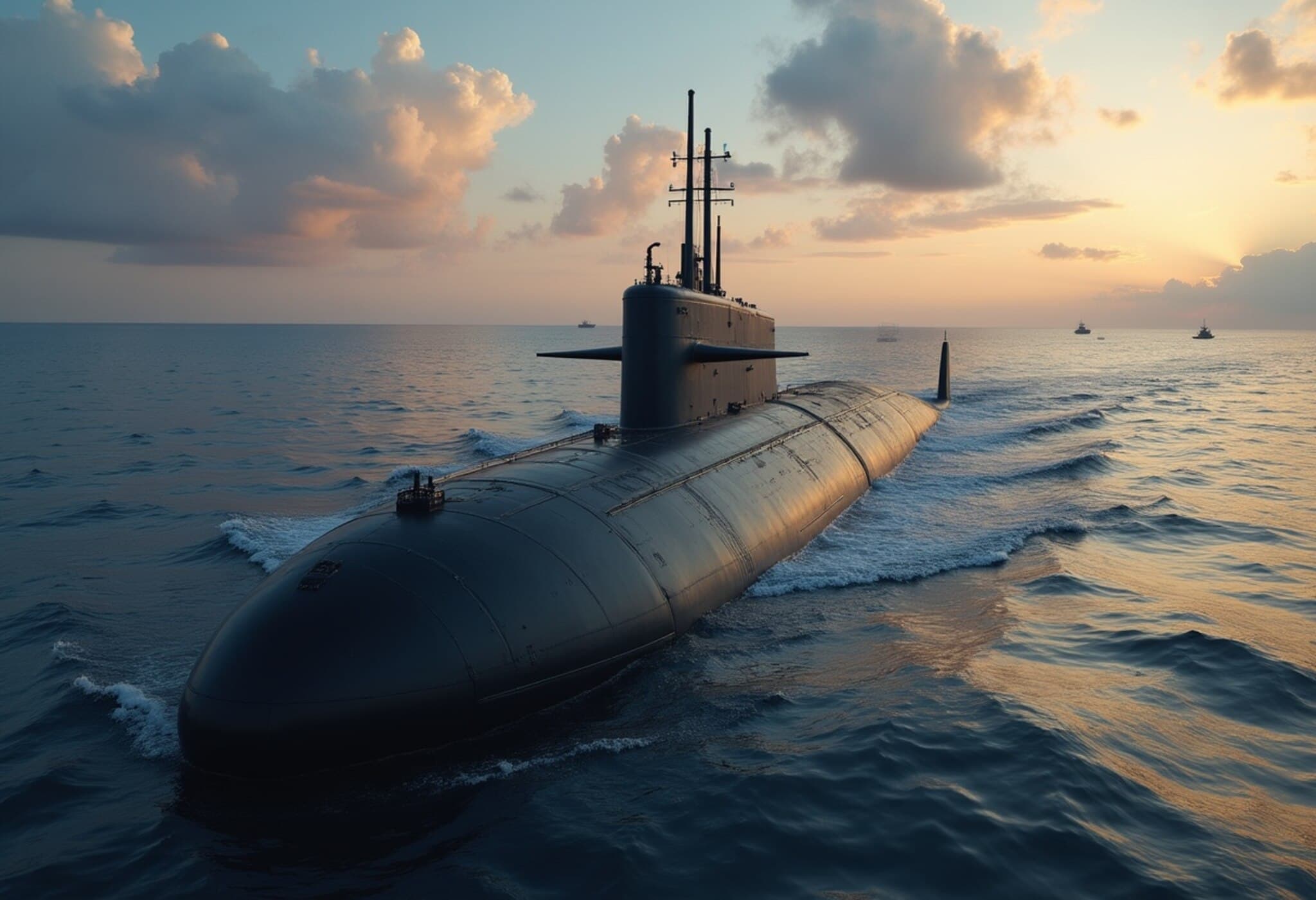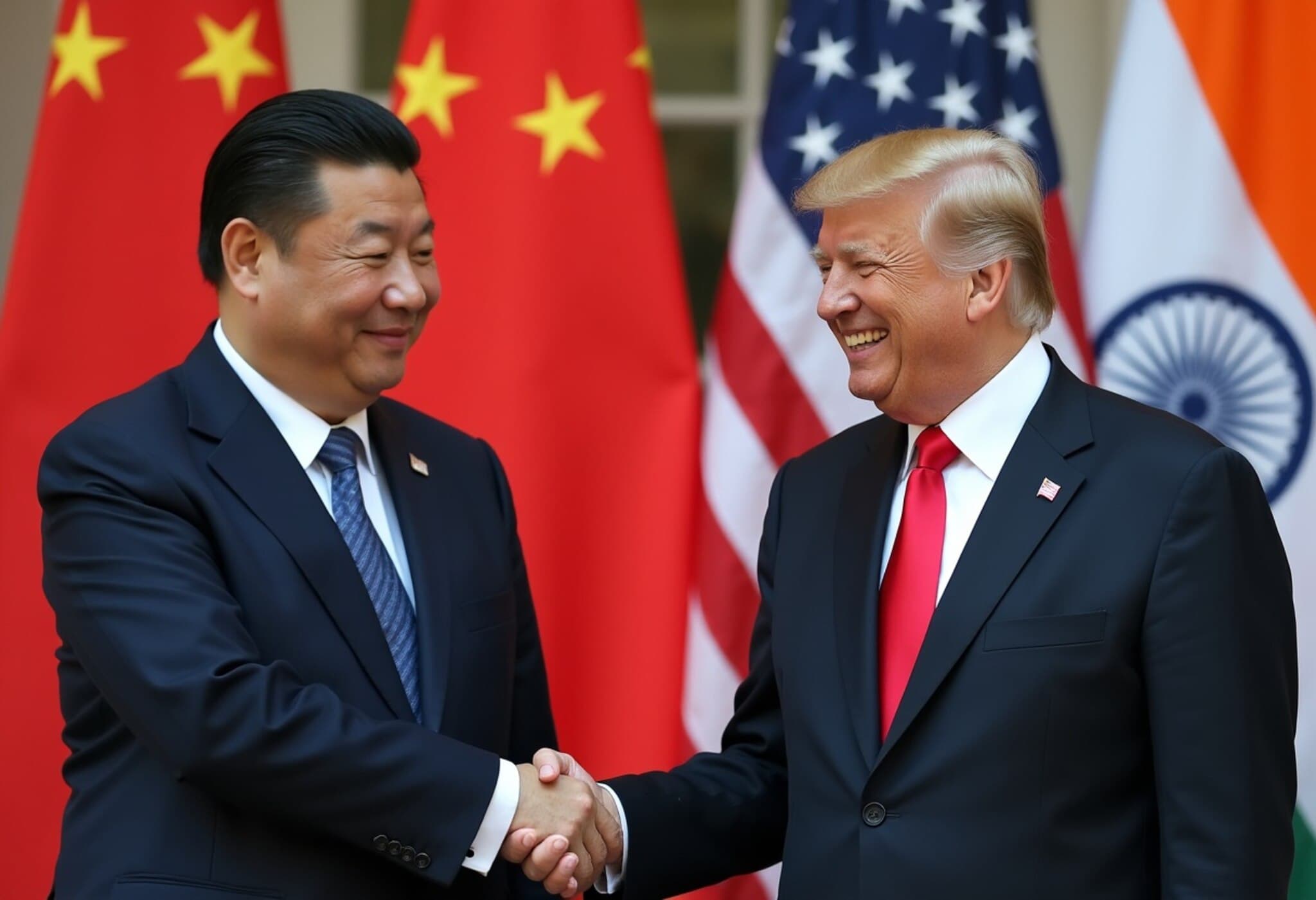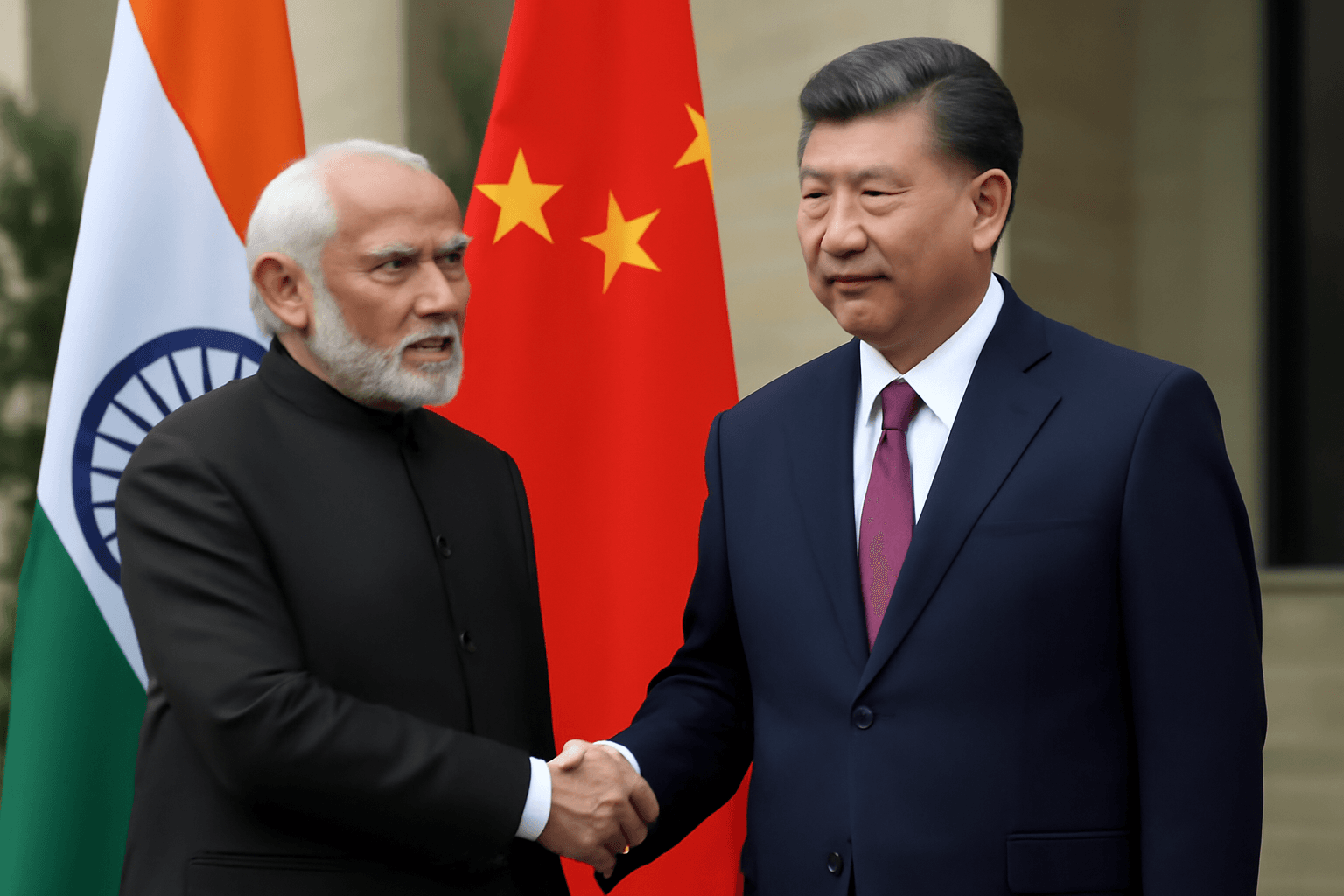Chinese Ship Conceals Presence Near Indian Waters, French Intelligence Reveals
In a development that underscores growing maritime tensions in the Indian Ocean region, a Chinese research vessel was detected operating covertly in the Bay of Bengal, near Indian territorial waters. According to a report citing French maritime intelligence firm Unseenlabs, the ship deliberately switched off its Automatic Identification System (AIS) to avoid detection, prompting new security concerns amid deepening China-Bangladesh cooperation.
Tracking Hidden Maritime Movements: The Role of Satellite Technology
Unseenlabs, leveraging satellite-based radio frequency (RF) tracking technologies, conducted a 16-day survey of approximately 1,900 vessels traversing the Bay of Bengal. While the majority maintained visible AIS signals as required for maritime safety, nearly 10 percent (9.6%) operated without broadcasting their positions, signaling potentially intentional concealment.
Among these vessels, a specific Chinese research ship was repeatedly observed close to Indian waters, consistently present in the eastern Indian Ocean. Despite its AIS being off, Unseenlabs’ RF signatures allowed persistent tracking, revealing what the company suspects to be activities of strategic importance.
Strategic Implications: Surveillance and Submarine Preparedness
Experts interpret the Chinese vessel's mission as focused on advanced maritime intelligence gathering — including seafloor mapping, acoustic environment analysis, and charting submarine transit corridors. These actions align closely with capabilities needed to enhance anti-submarine warfare preparedness, indicating a sophisticated approach to regional surveillance.
The Indian Navy and Coast Guard have been monitoring such developments closely, maintaining vigilant oversight of vessels operating near India's eastern seaboard. The reported location of the Chinese ship, approximately 120 nautical miles from restricted military zones, situates it just outside Indian territorial waters but well within strategic maritime boundaries.
Broader Regional Context and Future Outlook
This incident is emblematic of broader geopolitical currents shaping the Indian Ocean, where China's naval presence is steadily increasing. Beyond research vessels, Chinese warships and submarines regularly patrol these waters — with defense analysts warning it may be only a matter of time before Beijing deploys its aircraft carriers in the region to assert greater maritime dominance.
Moreover, China's growing ties with Bangladesh, a key Bay of Bengal littoral state, add another layer of complexity to regional security calculations. Monitoring and understanding such covert naval operations is critical for India and its allies to safeguard sovereignty and maintain freedom of navigation.
Expert Commentary: Unpacking the Risks
Maritime security analyst Dr. Arjun Menon highlights, "The deliberate AIS blackout is a classic indicator of covert missions — often related to intelligence or military reconnaissance. It challenges traditional naval surveillance frameworks which depend heavily on cooperative ship identification. India must invest further in RF and satellite tracking technologies to ensure comprehensive maritime domain awareness."
Key Takeaways
- Nearly 10% of vessels surveyed in the Bay of Bengal disabled AIS, signaling attempts at stealth operations.
- A prominent Chinese research ship was tracked covertly near Indian waters using RF satellite technology.
- Activity suggests intelligence gathering vital for anti-submarine warfare and regional dominance.
- Situates amid strengthening China-Bangladesh ties, raising multifaceted security concerns.
- India’s naval forces continue vigilant monitoring, anticipating possible escalation of Chinese naval deployment.
Editor’s Note
This episode spotlights an evolving maritime chess game in the Indo-Pacific, where technological advances in satellite monitoring unmask new types of naval provocations. While the Bay of Bengal may seem a distant body of water to many, it is rapidly becoming a frontline for strategic competition. As China’s maritime ambitions grow, India and regional partners face urgent choices about balancing surveillance, diplomacy, and defense modernization — critical to preserving security and stability in these crucial waterways.
Readers should consider: How will emerging maritime tracking technologies reshape naval strategy? What diplomatic approaches might defuse growing tensions while respecting sovereign rights? Watching these questions unfold will be vital for anyone tracking 21st-century security challenges in Asia.



















